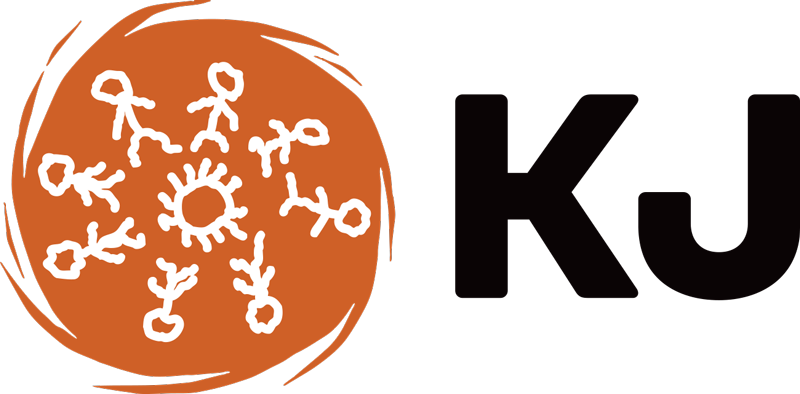
Waru (fire) Program
Waru — the Martu name for fire — is an integral part of life in the desert. Martu have used waru for thousands of years for hunting, communication, encouraging the growth of bush foods and connecting with Jukurrpa (Dreaming). The resulting patchwork of fire scars and vegetation regrowth sustained both the biodiversity of the desert and the traditional Martu way of life.
In the 1960s, when the last pujiman (desert born) left their country, this continual, small-scale and skilful burning ceased; it was replaced by a new fire regime of heavy fuel loads and mega-fires ignited by lightening. When left unchecked these fires can burn millions of hectares a year, destroying cultural sites, threatening communities and driving wildlife to extinction.
The KJ waru program aims to reinstate the pujiman fire regime by combining Martu traditional knowledge with contemporary fire management practices. During winter, the rangers use helicopters, drip torches and fire sticks to selectively burn country. Overseen by elders, and with the results mapped by satellite, the rangers’ small, cool burns protect cultural sites, threatened species habitat and communities.
“We’re teaching all the young generations showing them so that they can see. The fire that they burn turns into nyurnma. So that they can see when the rain hits the ground that it brings back all the plants so that they grow back all the different seeds. All the different plants that was once burnt. That’s how in the old days the bushmen did it, light up the country with the fire, so that all the plants grow back.”


